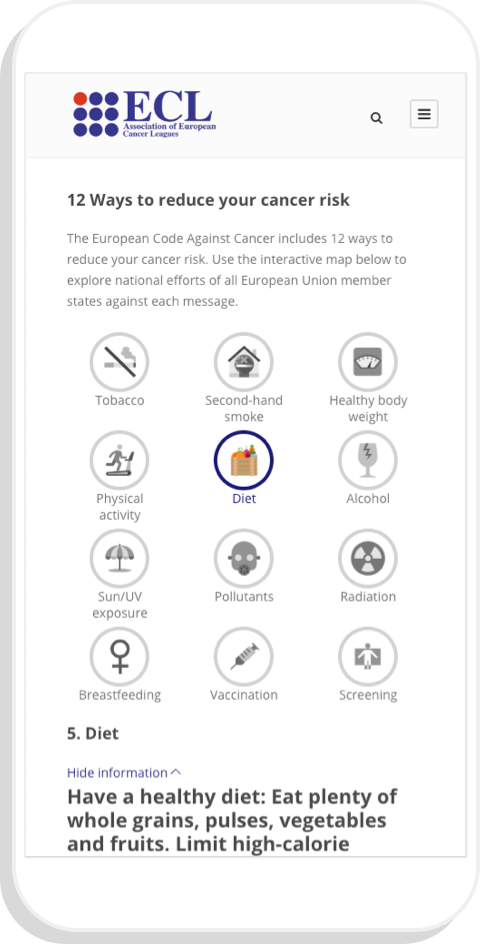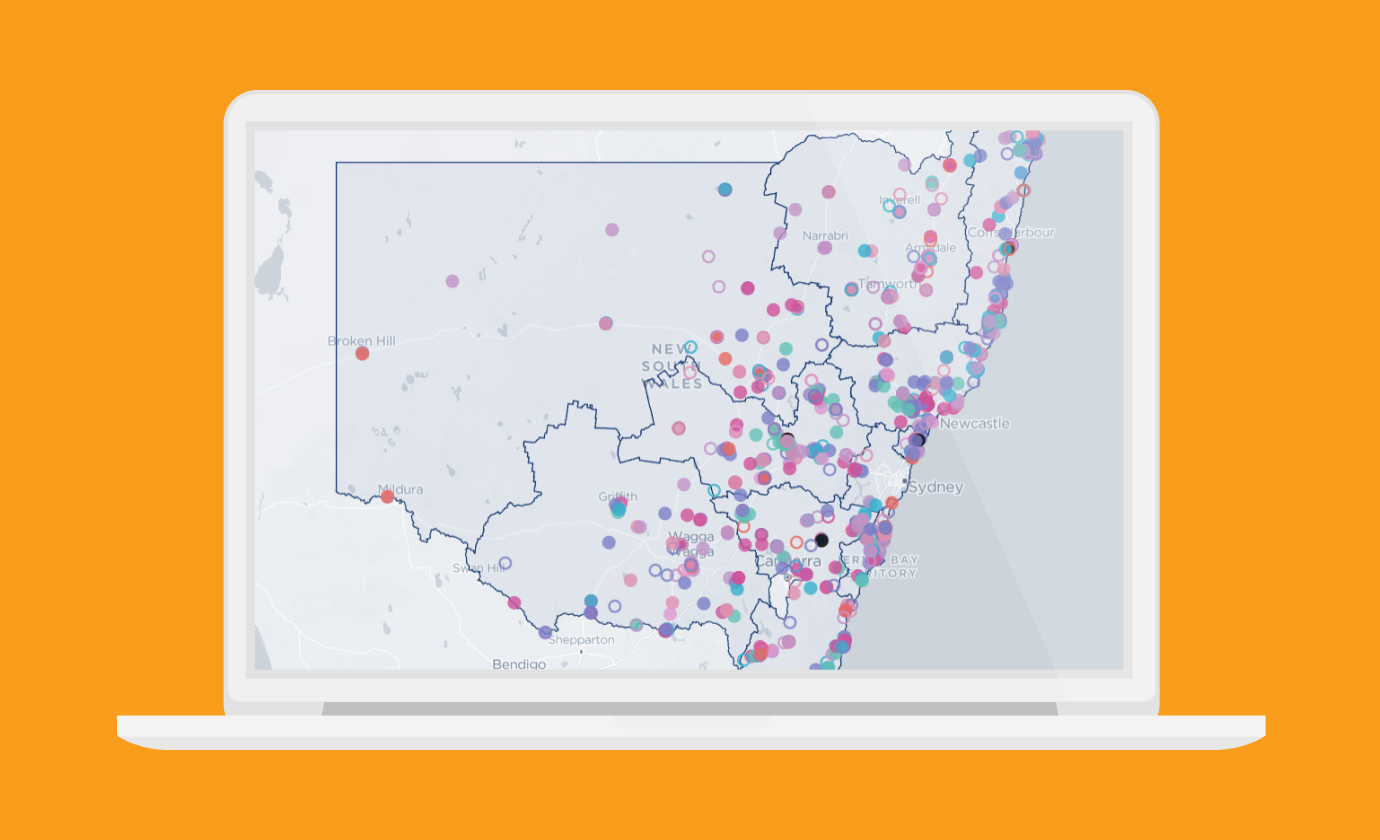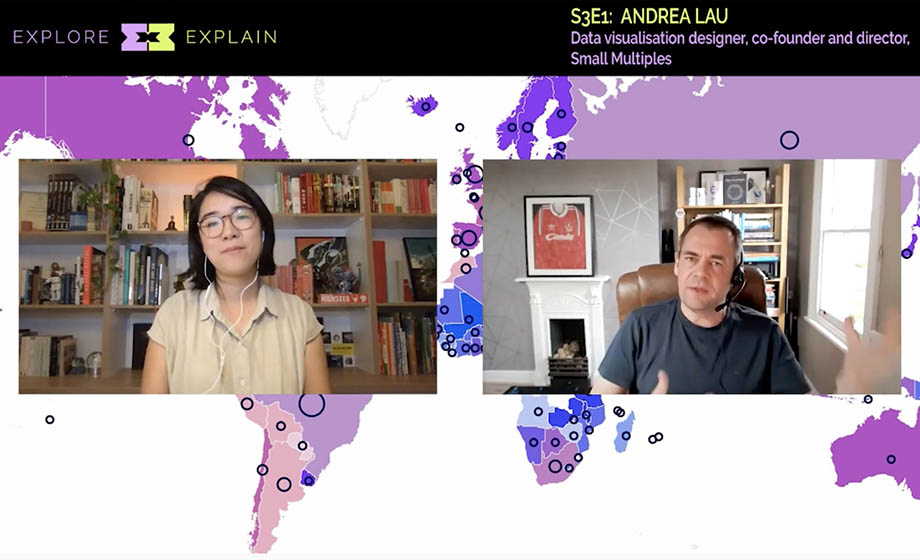12 Ways to reduce your cancer risk

The 12 recommendations
The European Code Against Cancer (ECAC) informs people about the actions they can take for themselves and their families to reduce their cancer risk. They’ve created a list of 12 recommendations, seen here in our final responsive design:

In terms of consumption, they recommend not using tobacco, limiting or cutting alcohol intake, eating more unprocessed, low-calorie foods and limiting red meat. You should make sure your home and workplace are free of smoke, check the naturally occurring radon levels in your home (and take action to reduce it), and protect yourself from carcinogenic substances at work (read the safety instructions and wear protection if needed). Their lifestyle recommendations include the usual suspects: be physically active, maintain a healthy body weight, avoid too much sun exposure and don’t use sunbeds.
On the medical side of things, ensure your children take part in vaccination programmes for Hepatitis B (for newborns), and Human papillomavirus (HPV) (for girls). Hormone Replacement Therapy also increases the risk of certain cancers. Of course, take part in organised screening programmes, especially those for bowel cancer, breast cancer and cervical cancer. Lastly, it’s been shown that breastfeeding reduces mothers’ cancer risk: if you can, breastfeed your baby.
The challenge
Our brief was to visualise how each of the (pre-Brexit) 28 member states are performing, in terms of facilitating these recommendations at a policy level. Rather than looking for trends and conclusions (and naming and shaming underperformers), this project is about providing an overview of the current state of cancer harm minimisation strategies, to guide policy makers and help people make informed decisions. Here’s what we came up with:

Our solution
We created an interactive map, that allows site visitors to click on a recommendation and see an overview of each country’s policies in that area. When a country on the map is selected, you can read a simple text explanations of that state’s policies. Using filled and unfilled dots to represent implemented and unimplemented policies allowed us to represent multiple policies for each country, while also reflecting the design of the European Cancer League logo.

In the case of the most data-rich policy area, screening for different cancer types, the map includes filters for different types of screening. The sidebar also includes charts showing when countries introduced screening, and what age ranges they target.
Did you know that Sweden was the first EU nation to introduce a breast cancer screening programme, in 1986? (The first for cervical cancer was Finland in 1963, and for colorectal, Italy in 1982).
Would a custom map help your constituents (or customers) understand your services better? Get in touch.
 View All
View All





